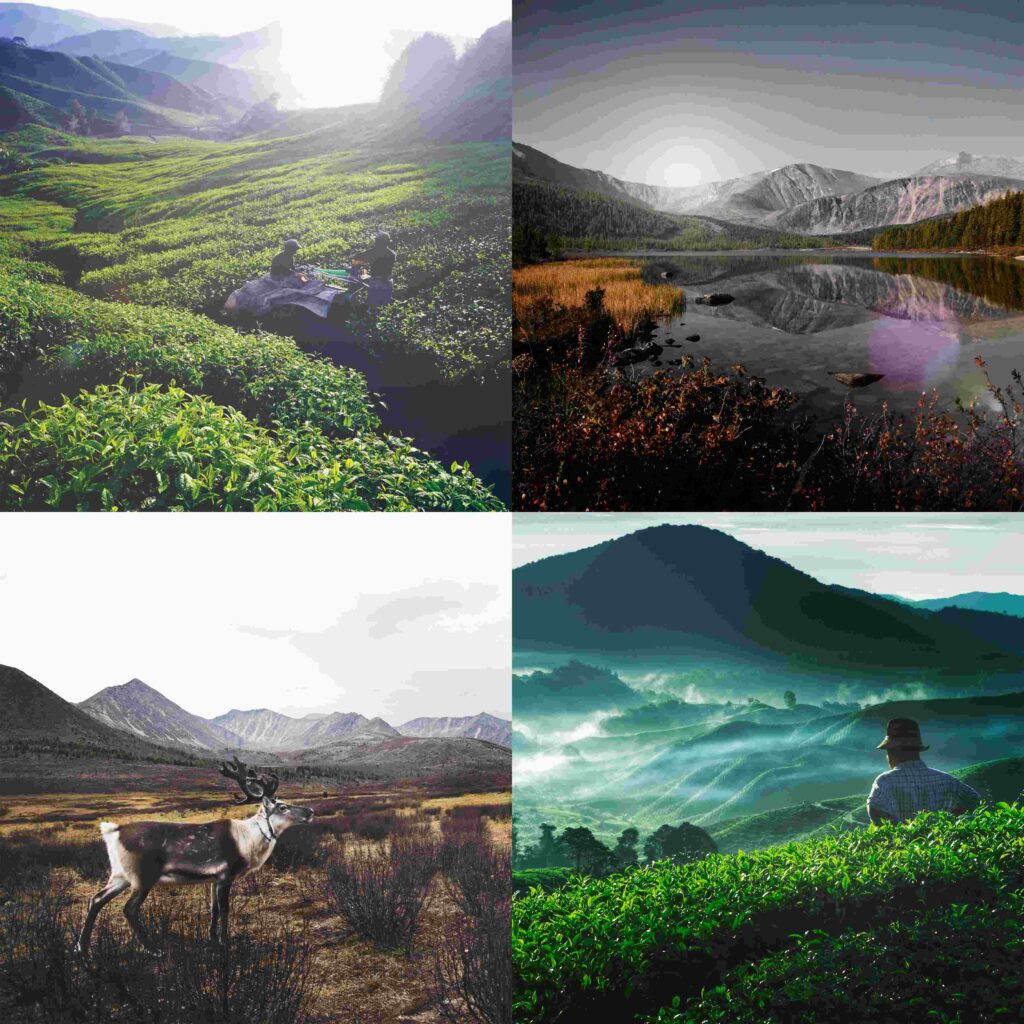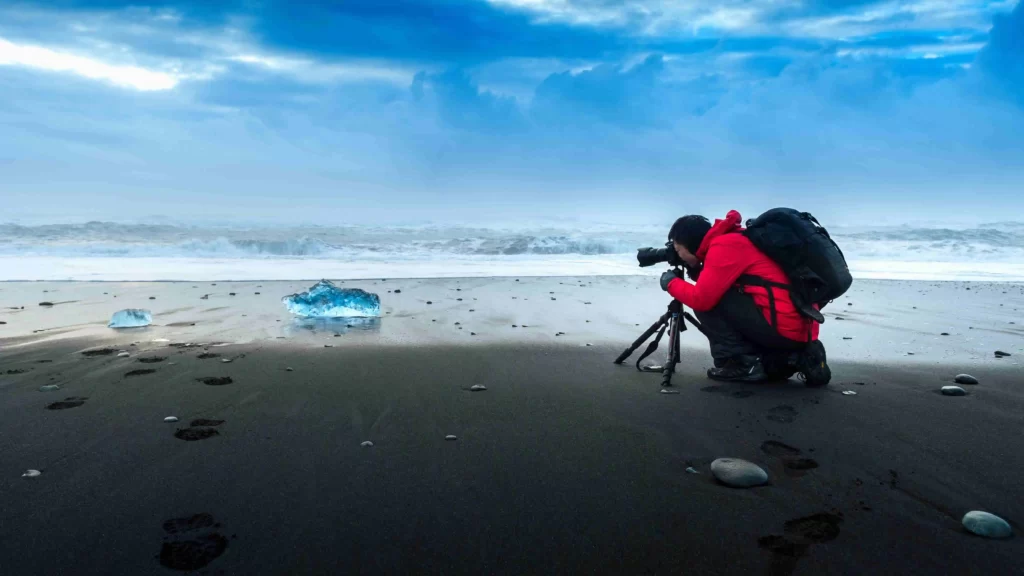One of the foremost well-liked sorts of photography is scene photography. It enables you to preserve and present to others the beauty of the natural world. However, capturing stunning landscape photographs requires more than just a good camera and a steady hand. It requires the right filters to bring out the natural beauty of the environment. We will examine the top Lightroom filters for landscape photography in this post.
Introduction
Filters are essential tools for landscape photography. They allow you to control the light, enhance colors, and add creative effects to your photographs. Channels come in an assortment of sizes and shapes and can be either physical or computerized. Landscape photography may be improved with a variety of digital filters available in the robust picture editing program Lightroom.
The Importance of Filters in Landscape Photography

Filters are essential tools for landscape photographers. They allow you to control the light, enhance colors, and add creative effects to your photographs. Filters can also help you achieve a specific look or style in your images. For taking pictures of landscapes, a variety of filters are available, such as polarising, neutral, and graded neutral density filters.
Types of Filters for Landscape Photography
Polarizing Filters
Polarizing filters are one of the most popular filters for landscape photography. They reduce glare and reflections, enhance colors, and increase contrast in your photographs. Polarizing filters work by blocking certain light waves and allowing others to pass through. They are ideal for photographing landscapes with water, sky, or foliage.
Neutral Density Filters
Neutral density filters are another essential filter for landscape photography. They lessen the quantity of light that reaches your camera, enabling you to utilize longer exposure times and larger apertures. Neutral density filters are ideal for creating long-exposure images of waterfalls, rivers, and other moving water bodies. They can also be used to blur motion and create a sense of movement in your photographs.
Graduated Neutral Density Filters
Graduated neutral density filters are used to balance the exposure between the sky and the foreground in landscape photographs. They are ideal for photographing landscapes with a bright sky and a dark foreground. Graduated neutral density filters are available in various strengths and can be used to create a natural-looking transition between the sky and the foreground.

Using Filters in Lightroom
Landscape photography may be improved with a variety of digital filters available in the robust picture editing program Lightroom. You can use Lightroom to apply polarizing, neutral density, and graduated neutral density filters to your images. Clarity, Vibrance, and Immersion channels, among others, are accessible in Lightroom and may be utilized to make strides in the different colors in your photographs.
Conclusion
Filters are essential tools for landscape photography. They allow you to control the light, enhance colors, and add creative effects to your photographs. Polarizing filters, neutral density filters, and graduated neutral density filters are some of the best filters for landscape photography. Landscape photography may be improved with a variety of digital filters available in the robust picture editing program Lightroom. You may improve your landscape photos by utilizing the proper Lightroom filters.
READ ALSO:-How to Make a Logo in Photoshop. Creative Blog

FAQs
Q. What are the best filters for landscape photography?
A. The most excellent channels for scene photography are polarizing channels, unbiased thickness channels, and graduated impartial thickness channels.
Q. Can I use Lightroom to apply filters to my landscape photographs?
A. Yes, Lightroom is a capable photo editing program that gives you access to a variety of digital effects to improve your landscape pictures.
Q. How do polarizing filters work?
A. Polarizing filters work by blocking certain light waves and allowing others to pass through. They reduce glare and reflections, enhance colors, and increase contrast in your photographs.
Q. What are neutral density filters used for?
A. By decreasing the amount of light entering your camera, neutral density filters let you utilize slower shutter speeds and larger apertures. They are ideal for creating long-exposure images of waterfalls, rivers, and other moving water bodies.
Q. What are graduated neutral density filters used for?
A. Graduated neutral density filters are used to balance the exposure between the sky and the foreground in landscape photographs. They are ideal for photographing landscapes with a bright sky and a dark foreground.
Q. Can I achieve the same effects with physical filters and digital filters?
A. While physical filters and digital filters both offer similar effects, physical filters are often preferred by photographers for their ability to control the light before it enters the camera.




